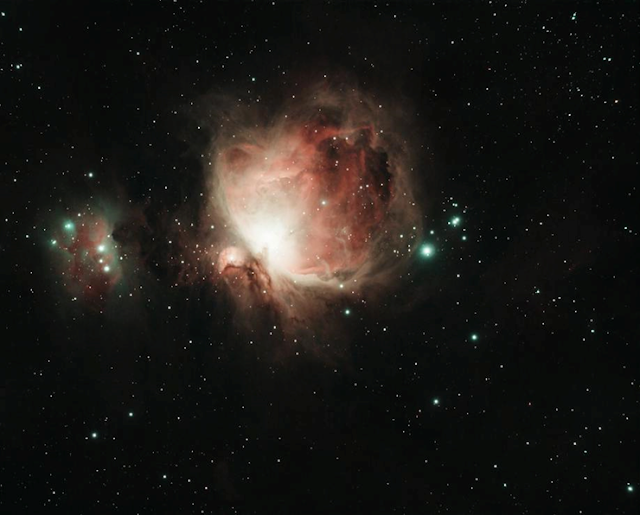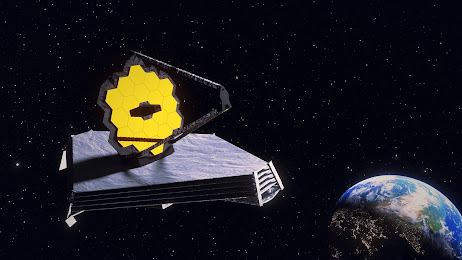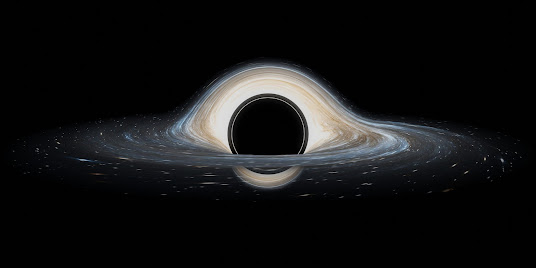Andromeda Galaxy
In the vast expanse of the cosmos, nestled 2.537 million light-years away from our Milky Way, lies the majestic Andromeda Galaxy – a cosmic tapestry of a trillion stars, swirling nebulae, and mysterious dark matter. As we gaze into the night sky, our imaginations often wander to the possibility of life beyond our celestial neighborhood. In this cosmic ballet, Andromeda emerges as a captivating muse, prompting us to ponder the existence of life in this distant galaxy.
Andromeda Galaxy
Beyond the milky way :
The
Andromeda Galaxy, also known as M31, is a spiral galaxy much like our own. It
boasts a diameter of about 220,000 light-years, making it the largest galaxy in
our Local Group, a collection of galaxies that includes the Milky Way. Although
the notion of life existing in Andromeda is speculative, the conditions for the
emergence of life might be more common than we once believed.
Habitable zones:
One key
factor that fuels the imagination is the sheer number of stars in Andromeda.
With a stellar population exceeding one trillion, there are potentially
billions of planetary systems, each with its own unique set of circumstances
that could foster life. Scientists posit that, given the vast number of stars
and planets in the galaxy, the probability of habitable zones – regions where
conditions are just right for liquid water to exist – is high.
Andromeda constellation:
The quest
for life in Andromeda hinges on our understanding of the building blocks of
life – the elements. The chemistry of the universe remains consistent across
galaxies, and the elements necessary for life, such as carbon, hydrogen,
nitrogen, oxygen, phosphorus, and sulfur, are abundant in Andromeda, mirroring
the conditions that led to life on Earth. This cosmic chemistry set suggests
that the potential for life is not confined to our corner of the cosmos.
Life of Andromeda galaxy:
As we ponder the possibility of life in Andromeda, the concept of exoplanets comes to the forefront. Exoplanets, or planets outside our solar system, have been discovered within our Milky Way, sparking excitement about the potential for habitable worlds. In Andromeda, the vast number of stars implies a multitude of exoplanets, some of which may reside in the Goldilocks zone – the region around a star where conditions are just right for liquid water. If these planets exist, they could be potential cradles for life as we know it.
However, the quest for life in Andromeda is not without its
challenges. The vast distances involved present a formidable barrier. Even with
the most advanced technology, the journey to Andromeda would take millions of
years using current propulsion methods. Communication with potential
extraterrestrial beings is equally challenging, given the vast time scales
involved. It becomes a journey of patience, perseverance, and perhaps even
generational commitment.
The mysteries of Andromeda extend beyond the potential for
life on exoplanets. The galaxy itself harbors enigmatic phenomena, such as
massive black holes at its center and a dance of stars in complex orbits. The
interplay of dark matter, an elusive substance that makes up a significant
portion of the universe's mass, also adds a layer of intrigue. As we
contemplate life in Andromeda, we are simultaneously drawn into the cosmic
theater that unfolds within its boundaries.
Diversity:
In the realm of imagination, artists, writers, and
scientists alike have envisioned what life in Andromeda might look like. The
diversity of potential environments, from frozen moons to gas giants, opens the
door to a myriad of life forms, each adapted to its unique niche. The vibrant
tapestry of possibilities invites us to consider life beyond the familiar,
challenging our preconceptions and expanding our cosmic perspective.
In conclusion, the contemplation of life in the Andromeda
Galaxy is a journey into the realms of speculation, fueled by the allure of the
unknown. While scientific inquiry provides a foundation for understanding the
conditions that could support life, the vast distances and cosmic complexities
remind us that this exploration is as much a philosophical endeavor as a
scientific one. As we peer into the night sky and marvel at the distant glow of
Andromeda, we are reminded







Comments
Post a Comment